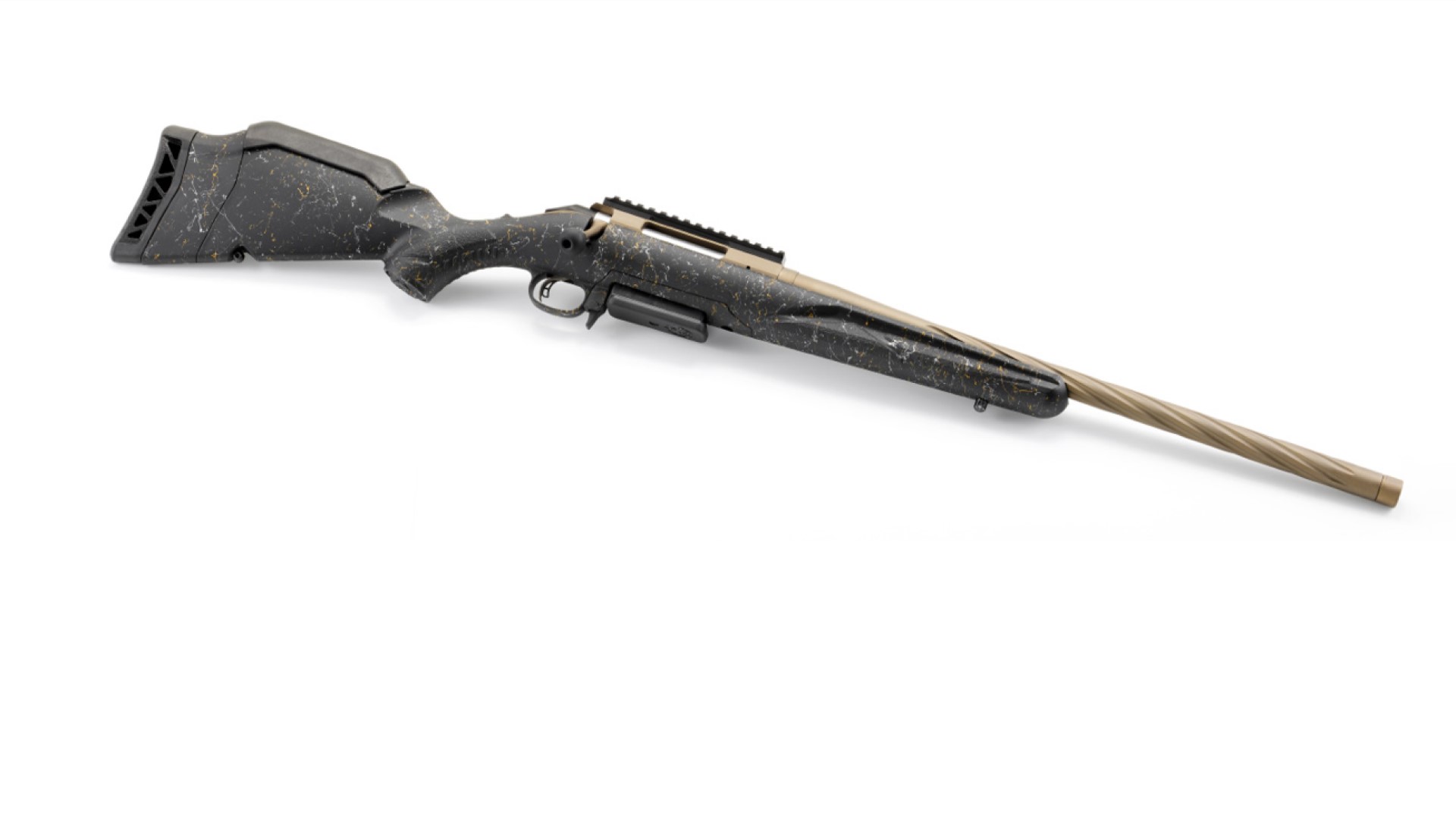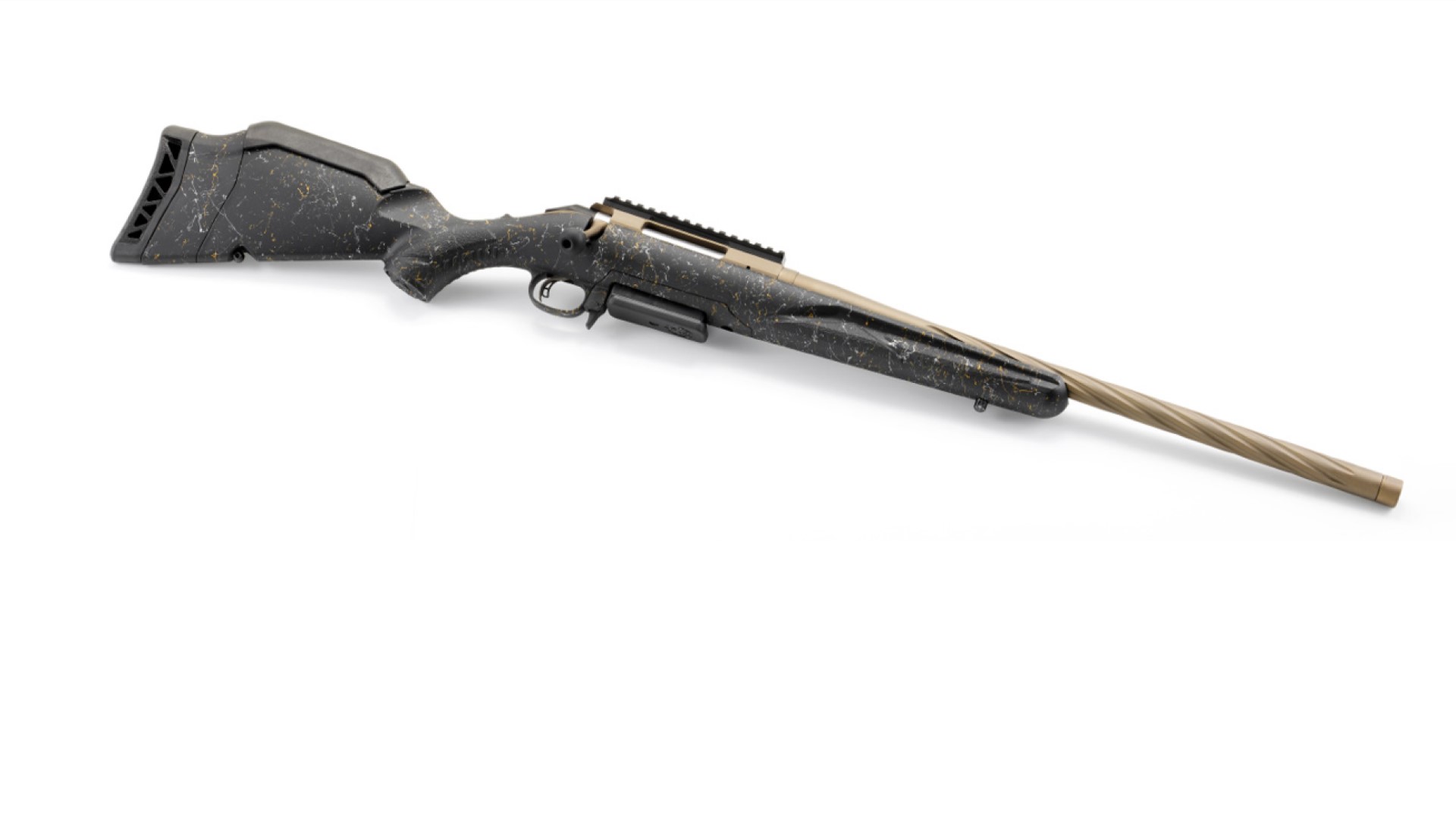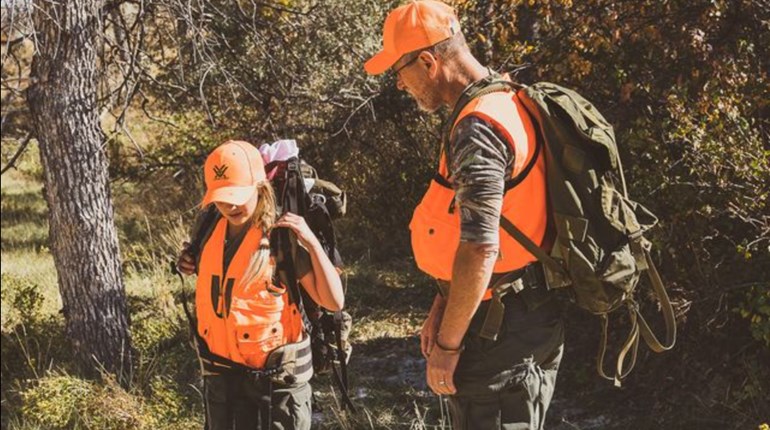
A survival kit can be anything from a pack of bandages to a trash bag full of medical supplies, food, water and even a firearm. The key to a good survival kit is figuring out the situations you may need to survive. It could be a six-hour power outage at home, a camping trip gone bad or a natural disaster like Katrina. It’s also important to plan the contents of your kit based on who will use it. For example: If there is an infant in your family, you might want to include a bottle. If a family member has allergies or requires certain medicines—like maybe for bee stings—include these too.
Your first order of business is to get the family together and decide what you might need to survive. Talk about individual needs, local issues like seasonal bad weather, recurring travel and frequent destinations. This will help you decide how many kits you need and what they should include. You may find you need multiple kits containing different items.
Here are some basic considerations to help you get started. When done, throw all the items in a small backpack or carry bag and store it in your home, vehicle or with your camping, hunting or fishing supplies.
1. First Aid
A basic part of any survival kit is first-aid supplies. Being able to administer the proper care for cuts, abrasions, fever and even broken bones is important. Consider including items like: a large trauma pad, tourniquet, forceps, eye dressing kit, snakebite kit, tweezers, survival blanket, various bandages, aspirin, antihistamines, antiseptic towelettes, insect bite and sting relief creams, burn gel and antibiotic ointment. I have a small first-aid kit I carry in the car when hunting or fishing. It fits inside a small pouch no larger than a pack of cookies and contains all of these items.
2. Light
All survival kits need a flashlight—and two lights are better than one. Consider a compact flashlight and a high-intensity flashlight. This will let you see at a distance without draining your small flashlight’s batteries. It’s also best to select lights that run on lithium batteries, because they will not lose power while stored. BLACKHAWK! and Surefire have an excellent selection of rugged flashlights suitable for survival situations.
3. Fire
Regardless of the survival situation you are in, it’s comforting to know you can make fire for heat or to prepare food. Matches in a waterproof container are a good idea, but think about adding a butane windproof, lighter. These little gadgets are great firestarters you can bet your life on.
4. Knife
My grandfather taught me how important it is to carry a knife. In a survival situation a knife can be a critical tool you use to prepare food, cut rope or to help make kindling for a fire. I think two knives are best: a small knife for delicate chores and a larger, machete-like knife that can double as an axe. A small multi-tool is never a bad idea either, because you never know—you might have to work on your car, boat motor or generator.
5. Security
In extreme instances a firearm should be a part of a survival kit. It does not have to be an expensive firearm. It does need to be reliable, capable of potting small game and providing protection if the need arises. In most cases a .22 LR is sufficient. Three rifles, lightweight enough to shove in a back-pack, small enough to be used by youngsters and specifically designed for survival are the Henry Survival Rifle, Marlin Papoose and the KelTec SU22A. Throw in at least one box of hollowpoint ammunition.
6. Food and Water
Regardless of the situation you think you might have to survive, you should think about food and water. At home this might not be as important as if you get stranded in your car during a snow storm. Bottled water can be found at about any store. Pre-packaged meals with a high calorie content and a long shelf life cannot. Look to backpacker supply stores for dehydrated meals or pick up military MREs (“meals, ready to eat” in military parlance) and maybe a water purifier.
Ironically, two days before completing this article, my family was hit with a massive snow storm and were without power for several days. Luckily, we had flashlights set aside and our vehicle contained a complete kit we put together about six months prior. The flashlights came in handy during the power outage—so did a generator—and it was comforting to know while my wife and kids were locked in traffic on the treacherously slick highway that they had a well-stocked survival kit in the vehicle with them.
Plan ahead, plan well and make considerations for everyone in the family. Your survival may depend on it.







































